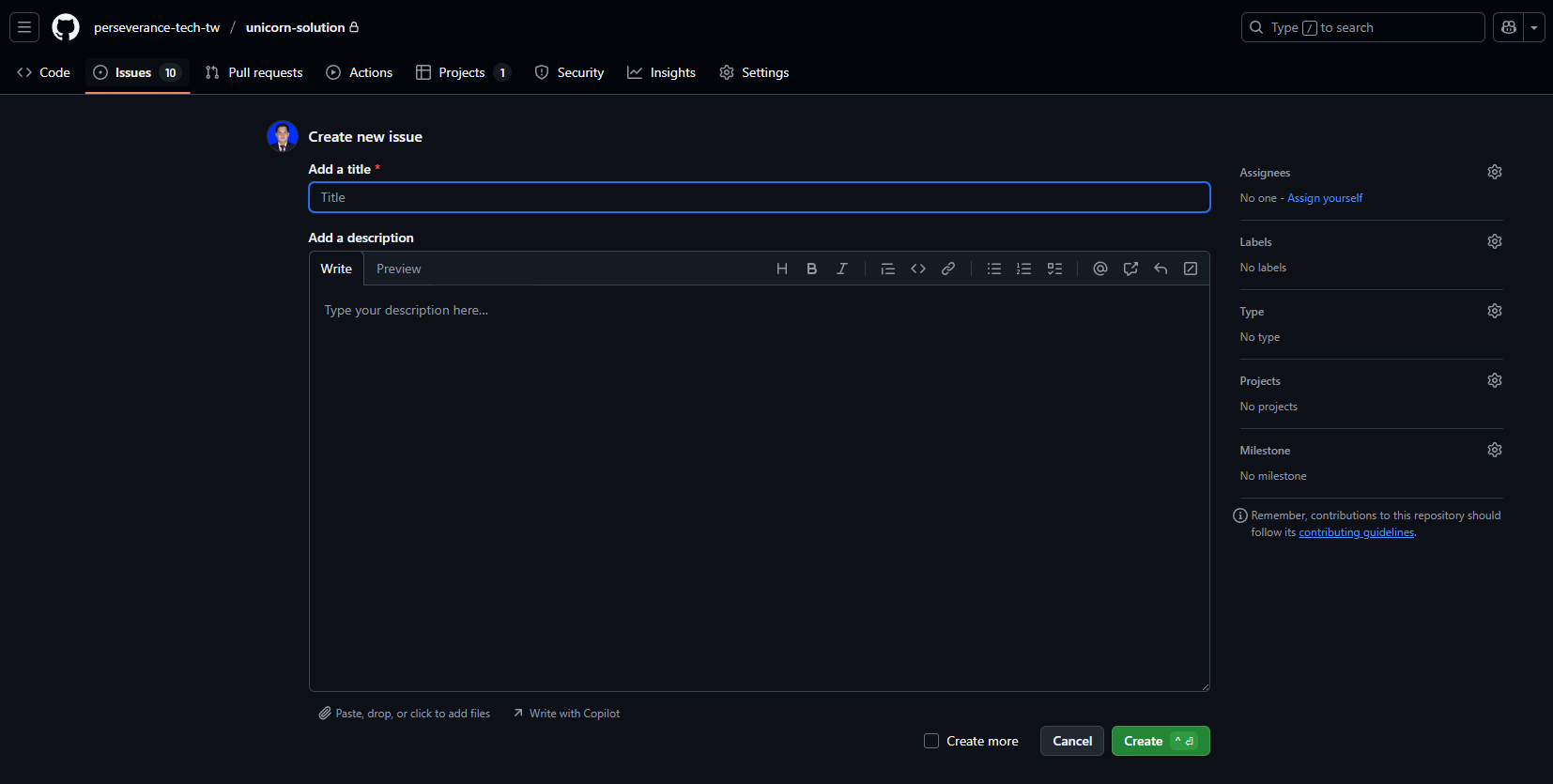Reporting Bugs and Issues
Reporting bugs and issues is essential for maintaining the quality and reliability of our project. Here's how to effectively report them on our GitHub repository:
Check Existing Issues
Before creating a new issue, search the project's issue tracker to see if the problem has already been reported. If you find a matching issue, add any relevant information or feedback.
Create a New Issue

If the issue is new, create a new one by clicking "New issue." Provide a clear and concise title and description, including:
- Steps to reproduce: A detailed, step-by-step guide to reproduce the issue.
- Expected behavior: What you expected to happen.
- Actual behavior: What actually happened, including any errors or unexpected outcomes.
- Environment: Your operating system, browser, project version, and other relevant details.
Attach Evidence
If applicable, attach screenshots or code snippets to illustrate the issue. This provides context and helps others understand the problem.
Label the Issue
Apply appropriate labels to categorize the issue. Common labels include "bug," "enhancement," "help wanted," or "needs reproduction."
Be Responsive
Respond promptly to any questions or requests for additional information from project maintainers or contributors.
Follow Up
After the issue is resolved, confirm that the problem has been addressed. If it persists or you encounter new problems, reopen the issue or create a new one.